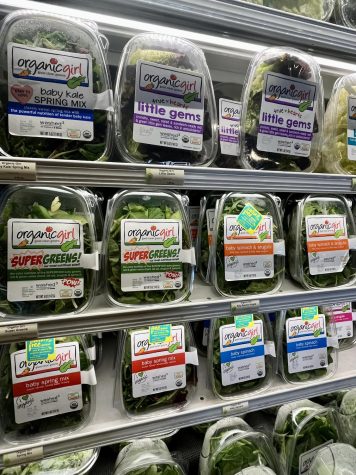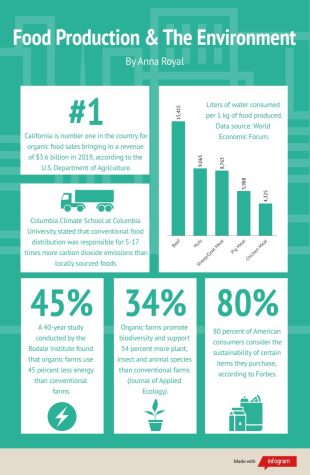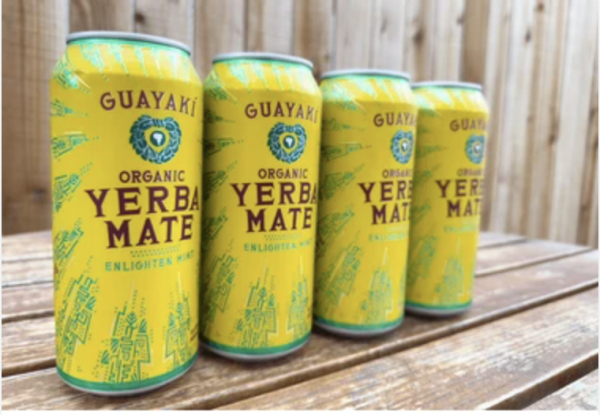Your guide to sustainable grocery shopping
February 16, 2023
Organic or not organic? Locally sourced or imported? We are unconsciously met with a plethora of questions and choices while out shopping for our favorite grocery items. However, it is important to remember that these choices have an impact on our environment. So, how can we choose to shop more sustainably the next time we are at the grocery store? Here is a guide to making decisions on some common choices while grocery shopping.

Organic vs. Inorganic
The word “organic” may be one of the most common labels on the packaging of meats and produce. To understand its impact on the environment, it is important to know what organic food is. Organic foods are produced by farming without the use of synthetic pesticides, fertilizers and genetically modified organisms. Organic farming is beneficial to the environment, as it does not require chemical fertilizer or produce pesticide runoff, thus reducing toxic pollutants in soils and waterways which lead to algae growth and harm sea life. The U.S. Department of Agriculture created guidelines for organic products to help people shop sustainably. If labeled “100 percent organic,” the product is fully organic. If labeled simply “organic,” at least 95 percent of the ingredients or methods used are organic. A “made with organic” label implies that at least 70 percent of the ingredients are organic. While grocery shopping, it is important to pay attention to the organic vs. inorganic food labels in order to purchase a more environmentally friendly product.
Water Consumption by Food Group
Especially living in California, a state prone to droughts, it is important to keep in mind the water footprint (the amount of water a food product needs) of the groceries we shop for. According to the World Economic Forum, beef has one of the highest water footprints, using 15,415 liters of water for every kilogram of beef produced. The second food with the highest water usage is nuts, consuming 9,063 liters of water per kilogram of nuts produced. The World Economic Forum also lists 8,763 liters of water for every kilogram of sheep/goat meat produced, 5,988 liters of water for every kilogram of pig meat produced and 4,325 liters of water for every kilogram of chicken meat produced. Limiting the consumption of these high-water footprint foods is important to ensure a m
ore sustainable lifestyle and conserve water. When deciding on a protein at the grocery store, it is a more environmentally

friendly choice to choose chicken or plant-based proteins such as legumes (eg. beans, lentils and peas), as chicken and plant-
based options have lower water and resource consumption.
Source of Foods
Purchasing locally sourced groceries rather than imported groceries can be beneficial to both the environment and the economy. By buying locally grown foods, you can stimulate your local economy, as it encourages more community jobs and boosts revenue in your area. Additionally, buying locally sourced foods reduces greenhouse gas emissions, as transportation distances are much shorter. Many local farms also follow organic farming methods, which includes avoiding pesticides and limiting preservatives, reducing pollution and making locally sourced foods better for you and the environment.
Foods that are organic, locally sourced and created with low resource consumption are often the most environmentally beneficial grocery options. Next time you visit the grocery store, remember these tips to live a more sustainable lifestyle!























